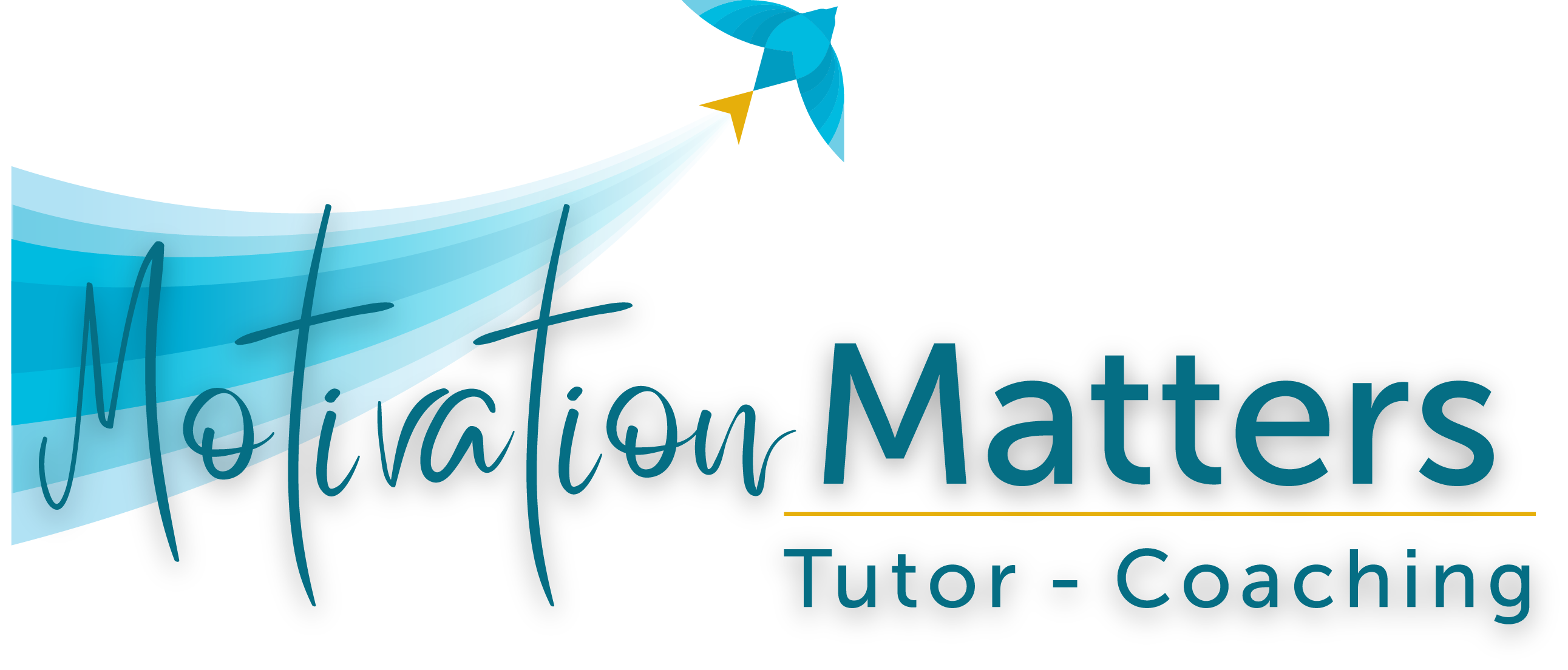What do you think?
- You can/cannot change your brain?
- You can/cannot get smarter?
If you’re in the cannot camp, you’re in good company. Until the last two decades, many scientists were sure the brain was fixed in childhood and then it was all downhill from your twenties on. Obviously then, the matter with those who didn’t perform well was the gray matter they didn’t have. Often called the fixed mindset, many people still believe that a poor evaluation or grade reveals their mental limitations.
Enter the white knight! Named neuroplasticity – admittedly, not a catchy name for a hero – we now know that brain neurons are like plastic. They can be changed, shaped, added to, and improved at any age and regardless of any past experience. It’s a whole new view of possibilities and it prompts the growth mindset.
Befriending Your Brain
The brain runs the show. Your brain works tirelessly, behind the scenes, and on autopilot to keep all of your physical, mental, and emotional systems going. And, like a best friend, it supports your likes and values.
Here’s a short, entertaining video about how the brain works. In brief, as an experience happens, neurons fire up with electro-chemical energy and link together to form connected pathways. These mental routes store information along with your impressions, thoughts, and emotions. As you reuse or rethink those paths, they become stronger and faster. They can also link together to become habits, skills, knowledge, and personal ways of doing, thinking, or feeling.
Think of learning to ride a bike. At first, you thought of and awkwardly worked on your hands, feet, eyes, and balance. Then, with practice, those became easier, more automatic, and finally merged into the skill of bicycle riding. That’s learning! We can also unlearn or forget. As you stop using old patterns, habits, skills, beliefs, knowledge, or methods, those paths weaken and eventually may be forgotten. That’s the neuroplasticity knight in action building new, changing the old, and abandoning the unneeded.
The mind creates the experience. Your conscious awareness and thoughts can change, evaluate, and perfect any experience! The operating mechanism of the mind is choice. Choose to smell dinner cooking and the brain follows those old aroma pathways; dip a spoon into the pot, and the brain finds just the right terms, reactions, tastes, and memories to judge how good it is. So, the mind can control the brain! And it’s under your manual control.
Here’s a fascinating thought: your BFF brain and creative mind have a developing relationship! It’s all about the choices you make.
Brain Friendly Choices
In the brain-mind relationship, it’s the mind that can make improvements happen. The more brain friendly choices your mind makes, the better the experience. Here are 5 guidelines that matter to your gray matter!
1. Choose your focus.
It all begins with attention. The brain pays attention to what’s most important to you. That may be sensory impressions, what’s easiest, or what’s most interesting, enjoyable, and desirable. The brain is always searching for what’s best and so it’s highly distractable. A noise, a movement, a chance to fall back on an old habit, or a way to have more fun and it’s off on that path. To learn better, avoid distracting environments and multi-tasking situations that give the brain unwanted options.
2. Identify the value.
Emotional states affect the brain paths. Tell yourself a task is boring, and the brain will link to that path and all your resistant, slow and no-go techniques. Success is unlikely on that path. Instead, use the mind and state in words what’s important, useful, and/or a likely, task reward. Possible positive outcomes generate paths of curiosity and tap into the best methods you know. That gets your greatest results!
3. Start with what you know.
All brain paths start with something you know. Called prior knowledge, it could be information about the subject or just the meaning of one key term. The amount doesn’t matter; the connection to something known is what counts to get things going. If a subject is new, make the brain’s job easier by supplying background information. Google a text or video on the topic. Connect the new to something you know about in your world and your brain will get a quick start.
4. Appreciate your effort.
If something is easy, you already know it. Recognize that learning begins with hard; then gets easier. Forming new pathways can be quite challenging. Turn the mind into a supporter; remind yourself that you’re on the learning, getting smarter road! And, instead of getting frustrated or self-critical, find resources (people, books, Google sites, You Tube videos) to help the brain forge those connections easier and faster.
5. Be an active learner.
Practice makes permanent. New paths are formed when you work on, practice, reflect, and recode the experience. So actually practice or act on the information. Just as listening won’t perfect your guitar fingering, rereading won’t improve your recall. Use active methods that involve doing as well as thinking, like rehearsing, writing, reciting, drawing, self-testing, teaching others, talking about it, and using the information. In addition, make sure that what you’re working on is accurate and relevant. Don’t learn errors or things that don’t make sense; don’t waste time and energy on things you don’t need.
In the End…
Your brain is a learning machine! Thanks to neuroplasticity, it can change, grow, learn, and unlearn. Want to get more from it? Give it better instruction with these brain-friendly methods and watch it achieve!
- Choose your focus.
- Identify the value.
- Start with what you know.
- Appreciate your effort.
- Be an active learner.
Don’t miss a single IN-Powering© article!
Sign up for our newsletter to stay up to date on all things MMTC.
Don’t miss a single IN-Powering© article!
Sign up for our newsletter to stay up to date on all things MMTC.


